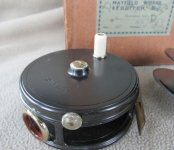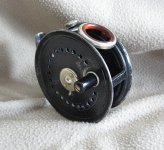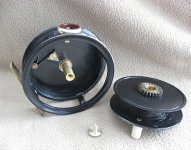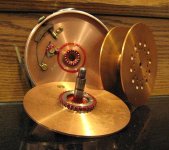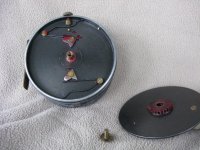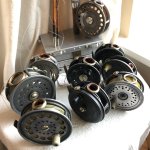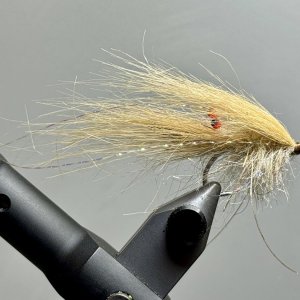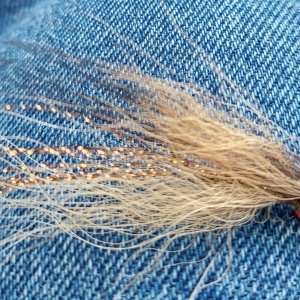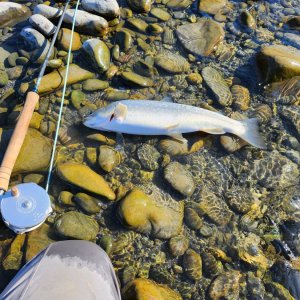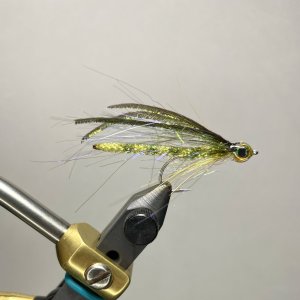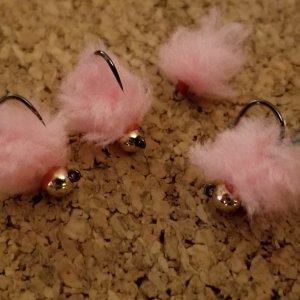What do you guys think about this video starting at about 1:28, is this the reel causing the undulation in the rod tip? can you back off the drag to fight a fish in a smoother fashion
I don’t really see how it could create sufficient oscillation or undulation to travel all the way down the line and leader to knock the fly out. A fish isn't a static load, but who knows.
In my opinion it looks like he lost tension about 1:34, had a brief load, and then it's gone by 1:35. Has happened to me more times than I can count, especially with flies on longer-shanked hooks where the long shank can lever the hook out of the fish's mouth. Part of why I've switched to mostly tube/articulated flies.

